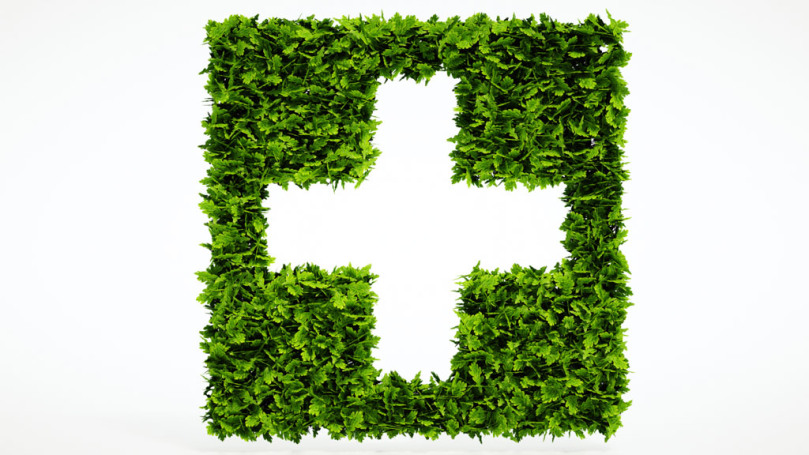The intriguing marriage of wine and weed would give any cannaissieur or wine-snob food for psychotropic thought. One can imagine a blissful state of Dionysian ecstasy immersed within colors eternal-hued combined…perhaps…with a tranquil yet liberating feeling of cosmic unity… But we dream and digress. Unfortunately, in a world where “government knows best” cannabis-infused wine remains illegal (and is likely to for quite some time), found only in very intimate private reserves (i.e., in the secret cellars of adventurous and novel winemakers) in bottles without labels and shared among trustworthy, like-minded people.
Called “the only truly original style of wine created in the New World,” weed wine owes its modern origins to early 80’s winemakers in California who operated in close proximity to the marijuana cultivars in the Mendocino and Humboldt counties. In the true spirit of “I know best,” they clandestinely shrugged off legal prohibition and began experimental infusion with Roses. To make the infusion, a pound of dried, hand-ground marijuana is immersed in a cask of wine during the wine’s fermentation process. As the sugar in the grapes is converted to alcohol, the alcohol extracts the THC from the marijuana. The process takes about nine months and results in about 1.5g of THC per bottle. Hybrid strains of marijuana are normally used, since they have been found to temper the anxiety and sleep-inducing effects of pure sativa and indica strains, respectively.
White wines were found to result in a more naturally aromatic fusion with the weed and subtler, more pleasant mental effects due to their lower alcohol contents. Reds, on the other hand, can overpower the weed and, with their higher alcohol content, result in the harrowing feelings of panic and terror similarly induced by overconsumption of a cannabis edible. However, with time and experimentation many different reds and whites have been used in vineyards nationwide, fine-tuned perhaps to the wines and weed available to the geographic area. More recently, robust reds like cabernet and syrah have become the blends of choice in Napa Valley, for example.
As with any psychotropic substance, moderation would seem to be the most prudent approach. The high is said to come on quicker than an edible and has been described as “unique,” “an interesting little buzz” and “a bit like taking a Vicodin.” To be sure, too much of a good thing (or two) can have undesirable results, and you would not be the first (or last) to wake up stupefied after indulging in too much wine and weed. Consider Hua Tuo (140-208), a physician in the Han Dynasty of China who used his own concoction of weed-infused wine to anesthetize patients when operations were necessary. Clearly, anything that can act as an anesthesia is not something to be trifled with, particularly if the winemaker is a few grapes short of a cluster.
In any event, the dangers do not seem to be stopping Melissa Etheridge, who became a devout advocate of medicinal cannabis after it helped her during chemotherapy for breast cancer. She has recently developed a line of cannabis-infused wine tinctures from Shiraz and Grenache, called “No Label,” in partnership with Greenway Compassionate Relief. It is expensive, but she says that “you won’t believe how good it tastes and feels.” The bad news is that it is available only to California residents with current medicinal marijuana cards.
Until the world comes to its government-infused senses, weed wine would seem to be confined to those circles fortunate enough to be blessed with it. In the interest of posterity and universal brotherhood, may such vanguarding vintners never die. And may their circles expand to include us.











